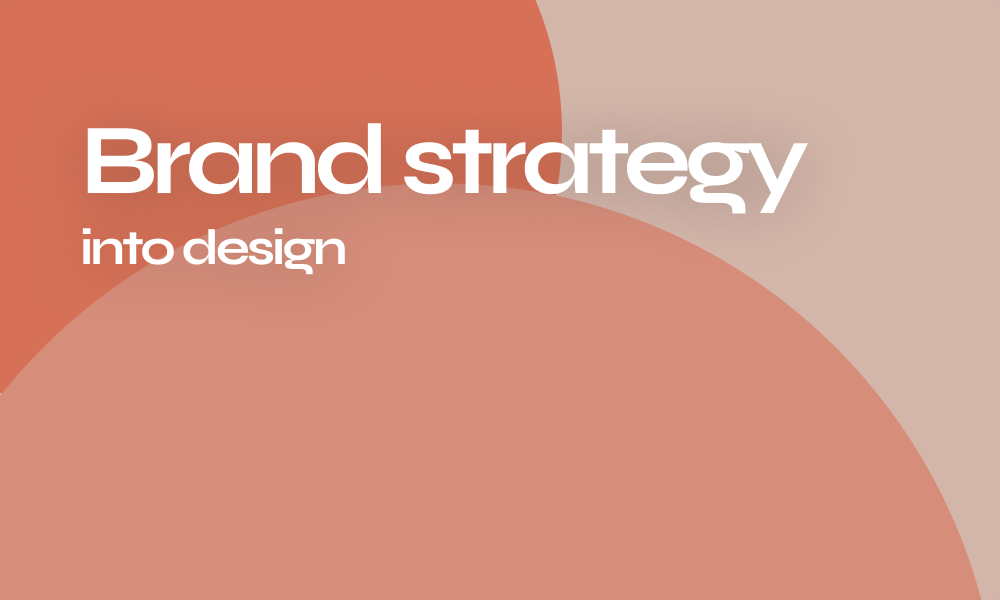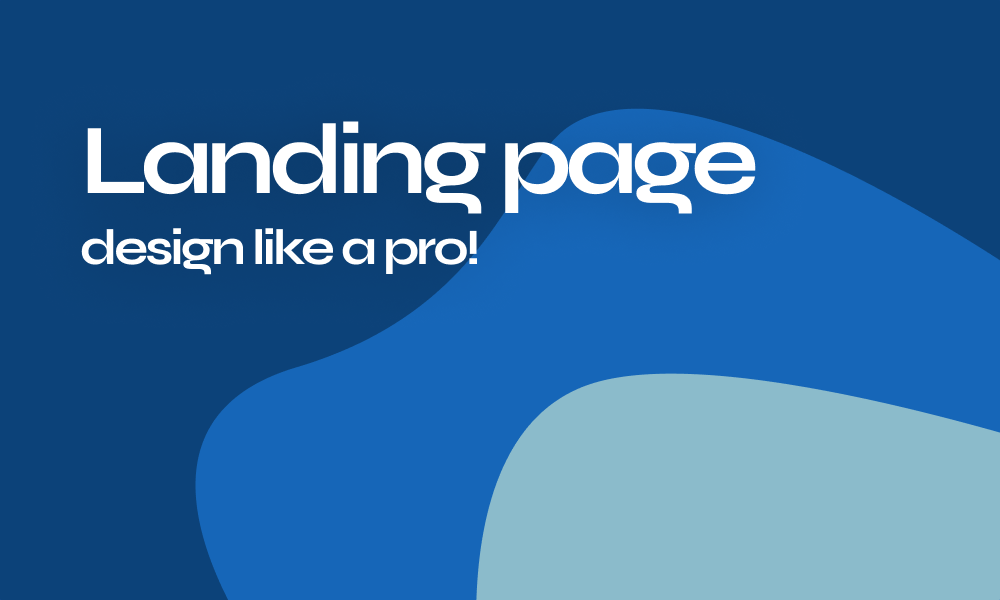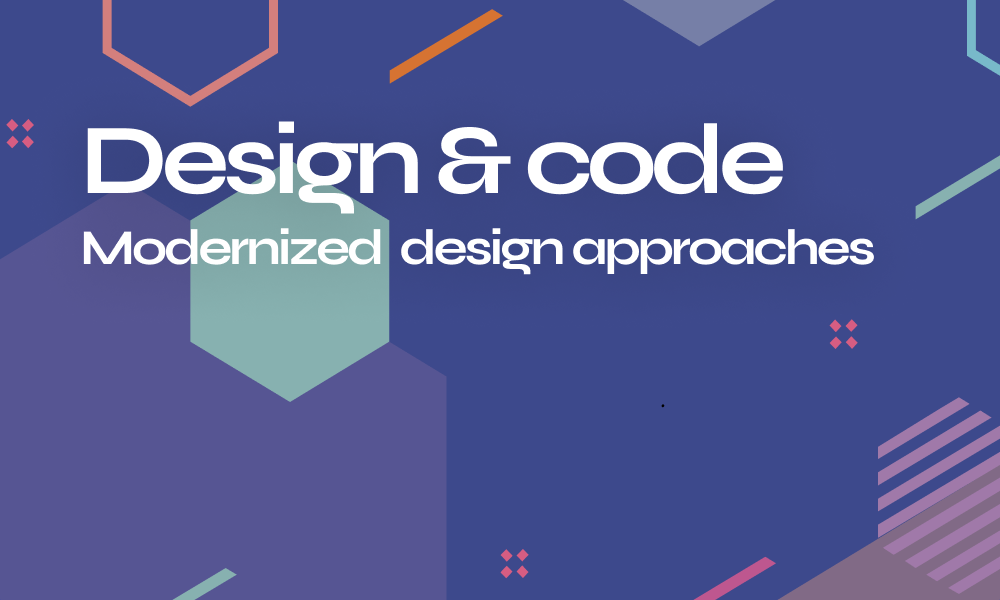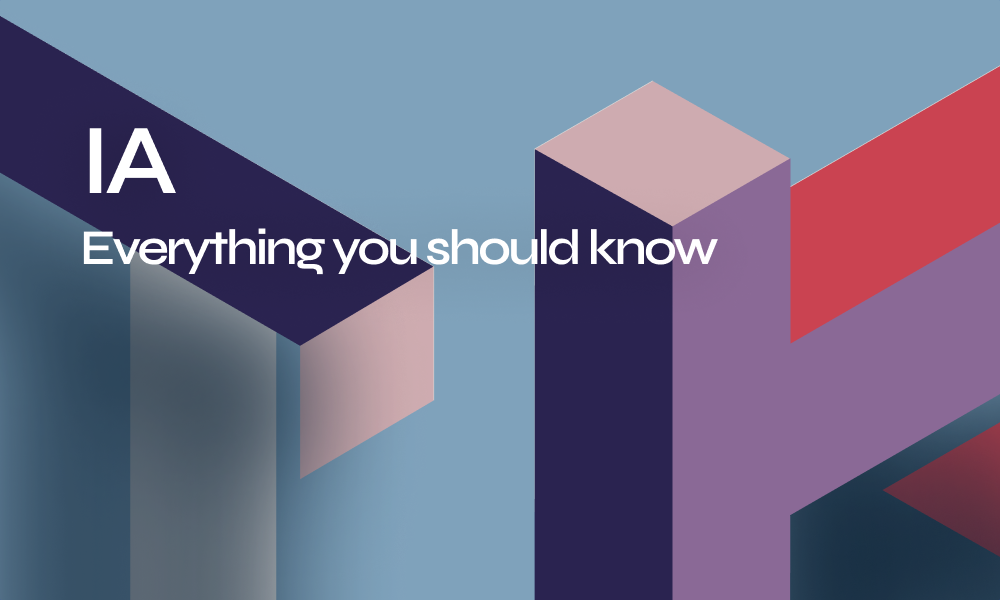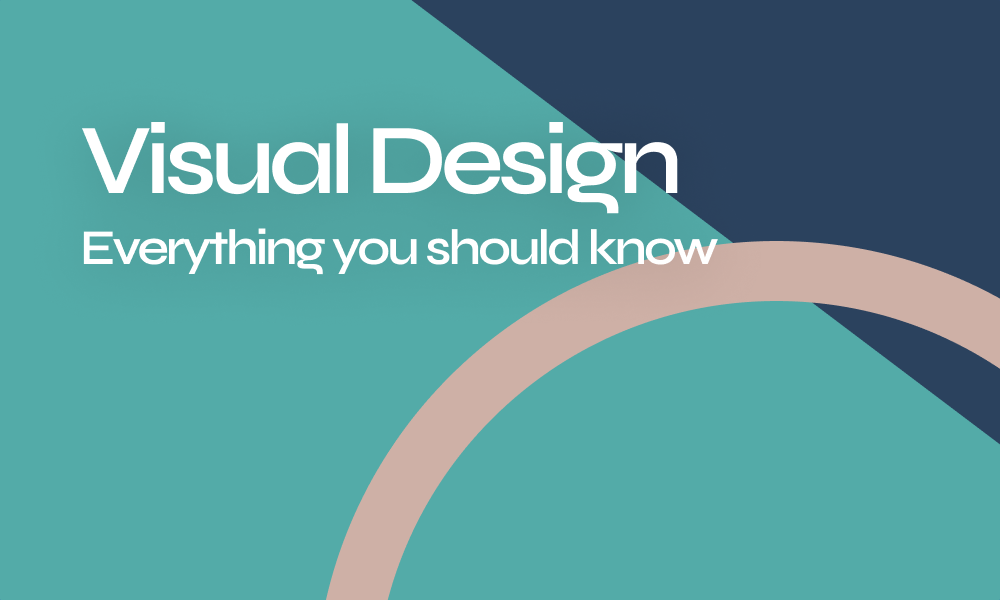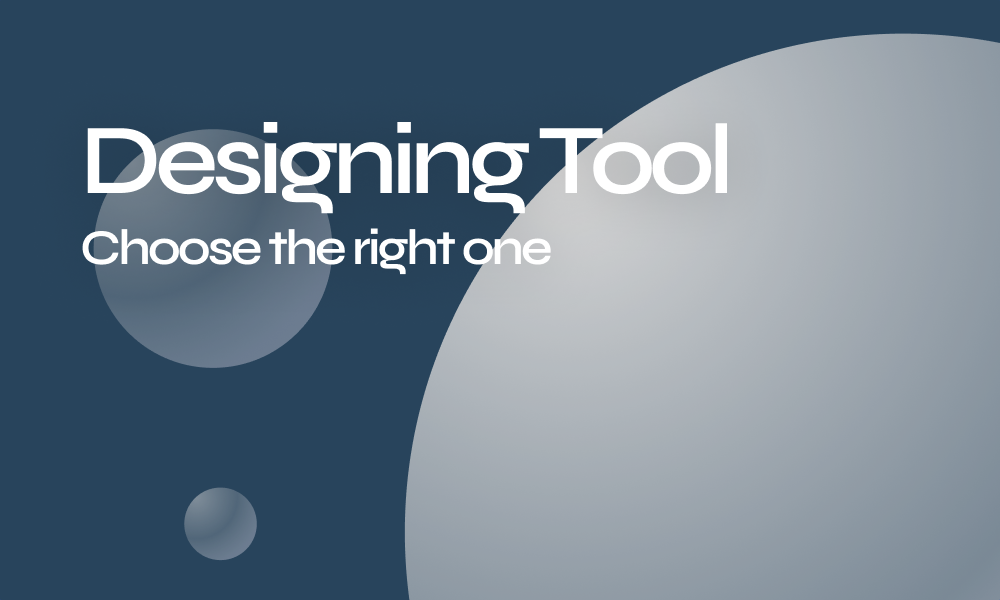

Adapting a design system is a huge strategic move booming the classic process of your design and development. Implementing a design system takes time as it is a big change in a company as it affects the role of many individuals within the organization and it all starts with assigning a design system team
Who Manages a design system?
A design system is meant to operate as a team by reducing the attempts of synchronization between different departments and the bother to visually design every state of every screen while you can think more efficiently and operate by Assembling all components Line of UX/UI in a contributions space.
Everybody working on a brand or product line operates the same by using a design system.
Assigning a design system team is a core start of the implementation process within a company. The persons assigned are meant to manage and ensure the functionality of the design system by analyzing design requirements, build a personalized brand promotive library, ensure perfect UX/UI, and assist coding accordingly.
A comprehensive design team is based on Fostering collective ownership and it includes:
UI designers:
It is called a design system because it engages designers in the first place. a designer role in a design system goes beyond the conventional UI tasks and engages him/her to no longer only care about the visuals, but also become a real design architect that owns/co-owns/updates the design system and also fills in additional needed designs by creating, selecting illustrations and visual layers of all elements, photos, logos, shapes, colors, scale, contrast, spacing, and rhythm.
DS Product Owners:
A design system ensures automated coordination and a collaboration space yet it needs a person to take care of management responsibilities, coordinate within the team, filter and ideas, understand which projects need cleanup work, which projects may need new components, and a general snapshot of design adoption.
Front-end Developer:
Designing elements is one stage, coding them correspondingly is a whole other Responsibility.
UX Designers:
The person who ensures the utility and usability of the design functional point of view selects stages, determines engagement aspects, and ensures smooth micro-interactions between the user and digital solution. The efficiency of the user experience is what differentiates a beautiful design from a successful design and building a design system’s first aim is increasing user satisfaction.
How design systems elevate teamwork?
Whether you are a freelance designer working on few projects or a large scale company maintaining countless digital products, design systems are here to make your designer’s code and your developer’s design!!
With the single source, centralized user-friendly dashboard, and genius synchronization space, the classic peer per-peer long process is replaced by a “tribal work” engaging all teams and favoring cross-functional collaboration while Maintaining consistency and ease of accessibility.
Adoptive teams experience a noticeable improvement in communication and knowledge sharing.
Design systems simply bridge communication throughout an enterprise where every one co-works to build something bigger and cohesive.
Design systems Team models
After clarifying all concepts we come to the last question: How do you form that successful team ???
There are many team models that can efficiently run a design system; it depends on the type of leadership you exercise within your company and your vision of making the library available or centralized.
Here are the main models
The Solitary team model
It is an overloaded, solitary model that practices a solo approach. It has validity in certain situations. When we say solitary we mean one single team that exploits the design system to primarily serving its needs. This model is considered poor yet it is still useful for teams whose problems are partially handled by existing systems. A solitary team’s primary motive is inward on their own product.
The centralized team model
This model provides full support to the system by centralizing decision making and helping other teams learn and apply systems in order to serve many products with equal chances, identify opportunities, setup practices, and processes to validate any design.
Ultimately, a centralized team can provide a great service and create value in efficiency, consistency, and capacity.
The Federated team model
This model works on prioritizing certain projects over others by filtering talent and assigning the best designers for the most important products.It operates like a committee that judges per project. And so Designers from multiple product teams decide on the system together, making collectively agreed decisions that are beneficial for work, limit individual perspective, and bring relevance to many projects. Mature teams overcome differences for enabling perspectives and respect for the most experienced individuals.
After reading this blog, what are you waiting for! Choose your team and start implementing your design system!

